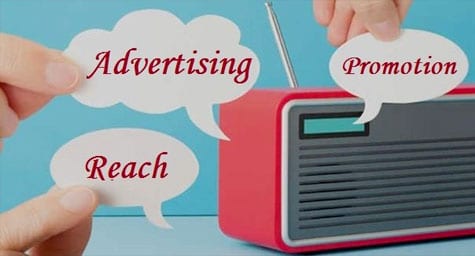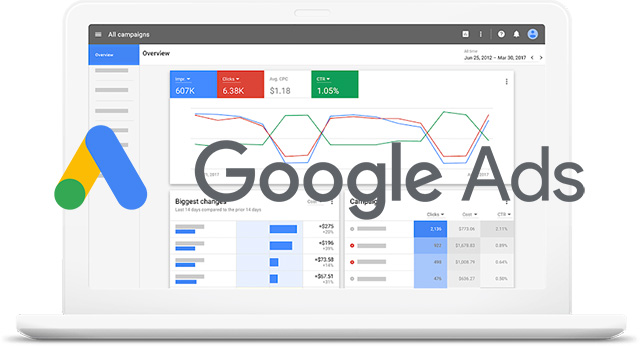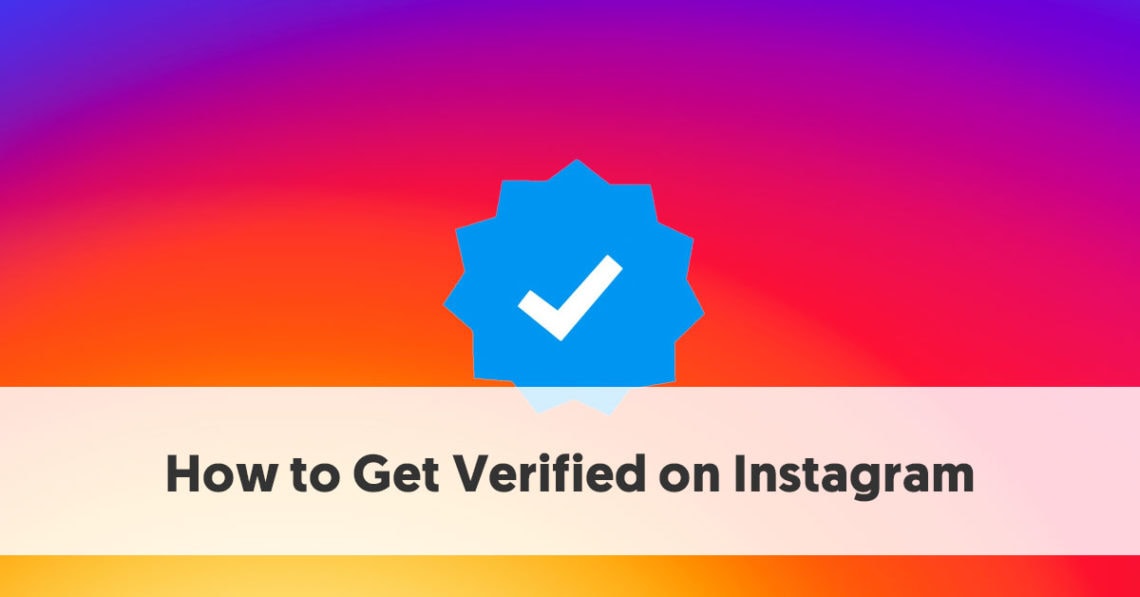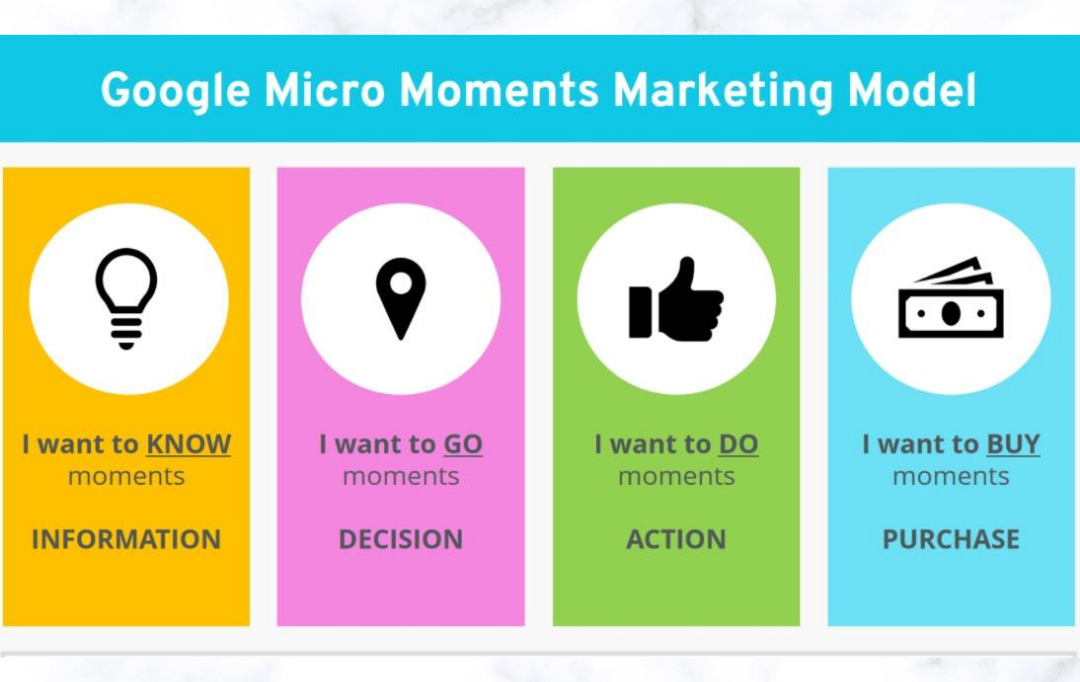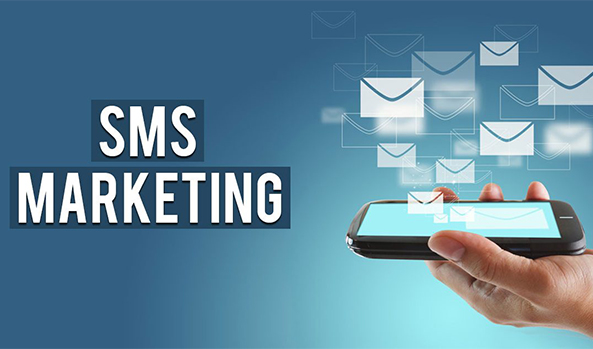أخبار التسويق
5 Steps to a More Effective Lead Generation Process
[ad_1]

Lead generation is the process of attracting leads (your potential customers) into a contact management or marketing software system with the hope of nurturing them throughout the buying process to help convince them about your offerings and then convert them into a paying customer.
The strategies used to generate these contacts are put in place by your business to ensure that your leads are quality and worth nurturing for the future. Lead generation is all about building trust with your audience and educating them about your industry and offerings along the way.
Here are the five steps to more effective lead generation:
1 Acquire Leads

“The lead generation process starts by finding out where your target market ‘lives’ on the web.” – Wayne Davis
Begin by attracting leads to your website by generating engaging content that can be shared throughout your various marketing channels. Create content about your business in the form of eBooks, blog posts, white papers, photos, infographics or whatever else that would fit your business and your audience. Distribute this content across your blog, Facebook, Twitter, LinkedIn, SlideShare, other social channels, email and where ever your potential customers are active.
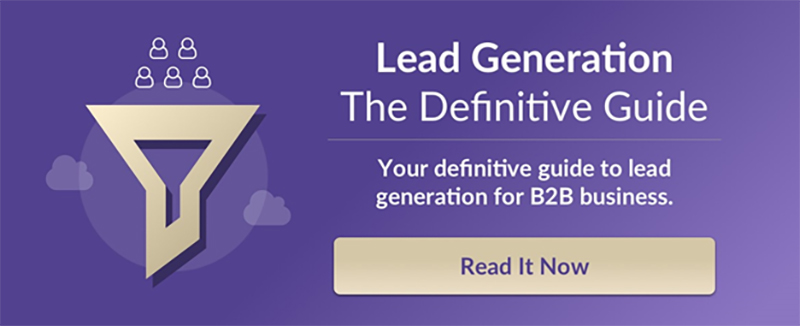
Some of your content should be short form, like blog posts, tweets, photos and short video clips, that requires no barrier to read, view or consume, while some of your content should be longer form that requires a sign up form to access like an eBook, free course, whitepaper, infographic or an instructional video. Once a lead has made it to the point of interest in viewing a long form piece of content, they fill out a sign up form becoming a part of your contact management system, email list or both. This visitor is now a newly acquired lead.
2 Nurture Existing Leads

“Making your prospects feel like they have an exclusive membership in a club makes lead generation a positive customer experience.” – Eric Brower
Once a lead is a part of your lead management system or email list, it is important to continually nurture them to ensure they move through the sales funnel when the time is right or to encourage another purchase. Retaining their interest in being part of your email list is vital. It’s time to work to build this lead into a long-term relationship that involves both trust and loyalty with your business.
Setup email autoresponders that trigger customized emails to send to a lead if they download a certain amount of content from your website, try a product trial, after they make a purchase, if you are offering a daily deal or any other interaction a lead might be having with your website and its content.
The entire process of nurturing a lead could take anywhere from a month to more than 12 months to convert them into a customer, if not longer. Take your time with building the relationship over the phone, through email and focus on when the customer will be ready to take the next step with your company.
3 Score Each Lead

Scoring leads allows your business to understand which leads in your system are more valuable than others. A valuable lead is one that is interacting more with your business online whether they are downloading more content or viewing more web pages as compared to other leads.
By progressively profiling your leads over time you can build up a clear picture of who your lead is and how qualified they are to make a purchase. Moving leads through lifecycle stages from subscriber to lead, to marketing then sales qualified helps you to visualise your sales funnel and segment leads for better targeting of your communications.
Focus your teams efforts on nurturing better quality leads that will have a greater impact on your sales since these leads are already interested in your content and services, closer to converting to a customer than other leads with a lower score. Analyze the rise and fall of your lead’s score to better understand what stage in the process most leads begin to fall off and how can this be corrected, as well as when most leads are ready to be passed off to sales.
4 Pass Along Leads to Sales
Setting the different stages in your own lead management process is important for the continually flow of leads from beginning to end of the sales funnel. The lead generation process of reaching leads, retaining interest, nurturing leads to prevent them from dropping off and establishing their desire to interact with your company is the focus of the marketing team.
The sales team should focus on moving the desire a customer has, that was originally spurred by the marketing team, to action in the form of a conversion. Once a customer has bought from your company, it is the sales team’s responsibility to enrich the experience with existing customers and retain them overtime.
Look at your leads and create definitions for a lead ready to be passed on to sales as opposed to a lead that still needs to be nurtured by the marketing team. Some common ways to define a sales ready lead is if there is a healthy profile created about them from different data points, their lead score is high, certain behavioral attributes show there is high interest, they appear to have a budget, the authority and need of your services and lastly, their timeline implies that the entire buying process must be expedited.
5 Evaluate Lead Generation Process

The entire lead generation process should be under scrutiny by your team to ensure that it is as effective as possible in bringing in new leads, nurturing them, converting them into customers and retaining those customers overtime.
One of the most successful ways to have a measurable impact on your lead process is identifying where your leads drop off and attempting to resolve the issue, while learning how to recapture the leads that were lost. Many leads drop off before they are passed to sales because there was an interest in your company but it did not develop enough to move from an interest to a desire. These warm leads can be recaptured, but this costs more time, money and effort from the marketing team, which is why it’s important not to lose them in the first place.
Marketing analytics can also help your team continue to understand if certain benchmarks are being reached such as an increased flow of traffic to your website, if more visitors are signing up to your list, an increased conversion rate, more time spent on your website etc. Monitor these benchmarks and more to determine whether they are directly impacting a leads journey through the funnel and helping to prevent them from losing interest in your business. Constantly experiment and test out new iterations of the process to understand what works best for your organization as a whole.
Aligning content to your lead’s goals

Generating and nurturing leads requires that you have content that is of interest at different stages of your customer’s buying journey. Don’t forget that what you are doing is solving a problem for your customer, and as they get closer to making a purchase decision, they are learning better questions to ask in order to make a sound decision.
Spend time understanding your different customer types and the specifics of that they are aiming to achieve. Are they novices or professional buyers? Are they buying for themselves or making a recommendation? Is it an emotional or a rational purchase? Clarity on these points will help guide you in creating content that is effective at addressing your lead’s needs.
Aligning content to your lead’s sales stage
Nurturing your leads is an education process which can be neatly mapped to your sales funnel, giving you a shorthand for the type of content you need to deploy at each stage.
1 Top of Funnel
“Top of Funnel” content is designed to generate interest and attract visitors to your website or landing pages with the aim of making a first conversion to lead. This type of content lays down the key reasons your potential customers need your product.
You can publish top of funnel content in many ways, the key is to make it available to the people that would make good future customers – wherever they may be online.
The types of content you might consider for this activity are:
- Blog posts
- Videos
- Email newsletters
- Ebook guides
2 Middle of Funnel
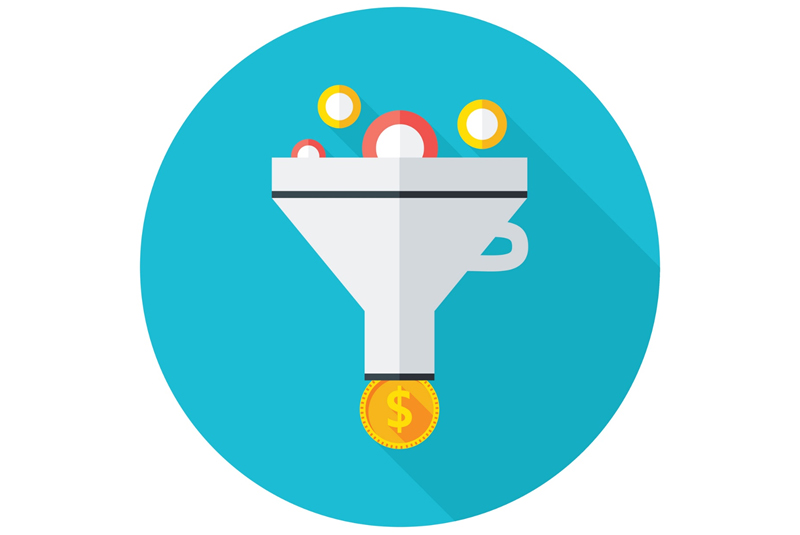
“Middle of Funnel” content is designed to build the relationship between you and your lead. They are aware of you and have shared their contact details, it’s time for you to nurture that relationship by building trust and positioning yourself as the ideal solution to their needs.
You need to support your lead’s evaluation of your product or offer. You have a direct relationship with that person at the very least via their email address, here is where the use of activity based alerts and autoresponders can boost your attentiveness automatically – allowing you to scale personalisation.
While your lead is evaluating you these types of content can help:
- How to content
- Case studies
- Demo videos
- Product info and specification sheets
3 Bottom of Funnel
“Bottom of Funnel” content is designed to trigger your lead’s decision to buy from you. Leads at this stage in your funnel are educated and ready. Content that would support their decision to buy from you is a good idea at this stage. And ensuring your sales team is on the case.
Great bottom of funnel content includes:
- Reviews
- Testimonials
- A strong sales follow up

Managing your lead generation Process
It’s important to ensure that you have an agreed organisational process for your lead generation, particularly when you are relying upon teams working together and leveraging marketing automation. While marketing automation will deal with the day to day messaging and nurturing, this process needs to be watched and managed.
It makes great sense to ensure there is agreement on how your lead generation will be run, some things to consider are:
- Individual roles and responsibilities.
- Agreement on how lead stages are defined and when handovers occur.
- What KPI’s and benchmarks are being used and how often they are evaluated for teams.
- Required reporting and stakeholders.
Marketing automation and content creation
In order to technically deliver full funnel lead generation and nurturing you’ll need to choose a marketing automation system, ensuring that the teams required to use the software have any necessary training. Also, it will help to have IT support particularly during the initial software set up phase.
You may choose to create content in house, commission your content from an external supplier or a combination of the two. Make sure that you have enough time to get your content in place before committing to a launch date.
Also, don’t forget to factor in the cost of ongoing content creation when cost planning.
Conclusion
A good lead generation process has a number of moving parts, all of which are required to best attract, nurture, and convert leads into customers.
You will need to remain open minded about the assumptions you made regarding how best to run your lead generation process, and be willing to try new approaches and ideas. As the marketplace changes so will your customers and leads. Requiring you to evolve your content and approaches.
What does your lead generation process look like? What has been the most successful tactic for moving leads throughout the buying process to a long-term customer? Share your thoughts and experiences in the comments below. We’d love to hear from you!
[ad_2]
Ссылка на источник




